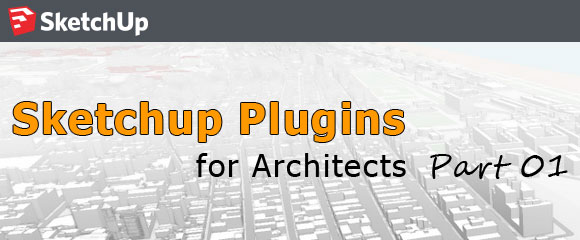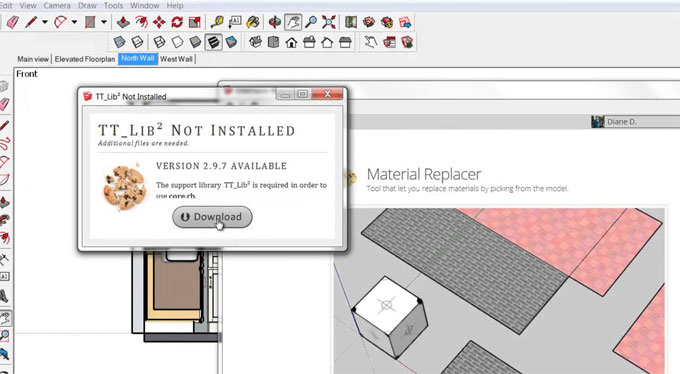

Go to Window->Preferences->Extensions and make sure that the Extension is listed and enabled.
SKETCHUP ARTISAN TOOLBAR INSTALL
If the Extension did not seem to install correctly, try the following:

(This assumes you do, in fact, trust the source of your extension. When SketchUp warns you about installing only extensions from trusted sources, click Yes to proceed and install your extension.rbz file saved to your computer, select the file, and click OK (Microsoft Windows) or Open (Mac OS X). In the Open dialog box that appears, navigate to the.In SketchUp, select Extensions > Extension Manager or Window > Extension Manager (for older SketchUp versions). The Extension Manager window appears.Note that you simply can adjust the colour of your front and back faces within the styles section of your tray.If you are using SketchUp 2017+, follow these instructions: This mode is extremely useful for checking face orientation in your model. This mode basically just shows your faces shaded by front and back face, so you’ll see which faces have the front side facing outward, and which of them have the rear side facing outward. The last option puts you in monochrome mode. Het is een combinatie van uitleg over de beschikbare tools alsook deze te leren gebruiken in stap voor stap oefeningen. The fourth option is full-on textured mode – all of your textures and texture image files will load with this setting. Leer Op Je Eigen Tempo Met SketchUp Werken met onze SketchUp Video Tutorials Het doel van onze Nederlandstalige SketchUp Video Tutorials is dat je snel en productief leert werken met SketchUp. The third option is the shaded mode, meaning that your model will show colours, but not textures, so any textured face will just be shaded – the image files for the textures won’t be loaded. This mode is great for previewing shadows. The second puts you in hidden line mode, where only your lines and faces show up, but there is no colouring or shading on your faces. The first option puts you in wireframe mode, where your faces in your model don’t show up in the least, only your line work. Unlike the X-Ray/ Show Back Edges options that you simply can activate or off, you’ve got to possess one among these options selected – you cannot turn them off by clicking once or twice. The other set of options are all about changing the way that your faces look within SketchUp. One among the great things about this is often that you simply can use the sides to inference from albeit they’re blocked by faces. This function doesn’t really turn your face transparent, so my assumption is that it’s just a lighter weight. In addition to using the X-Ray mode tool, you’ll also use the “Show back edges” function to feature more of a light line overlay wherever you’ve got edges behind your shape. If you would like to regulate the transparency of your model, you’ll do so by going into your styles section, within the faces tab, and changing your transparency quality to “nicer,” then dragging your slider. This will be great for looking into more complex models to ascertain what’s inside. You can see that once you click on this feature, it turns your faces somewhat transparent, allowing you to ascertain through your faces into your model. It creates tons of confusion for newer users because they’ll click thereon without knowing what it does, then they can not find out the way to change their models back to the way they were before.

Toolbars are collections of buttons that you can use to activate custom Tools or ruby scripts. The option on the left allows you to show on X-Ray mode. The Toolbar class contains methods to create and manipulate SketchUp toolbars in Ruby.

This affect your ability to ascertain different edges through your faces. First, there’s two boxes to the left of a touch line.When you check out this toolbar, there are basically two sections in it.


 0 kommentar(er)
0 kommentar(er)
